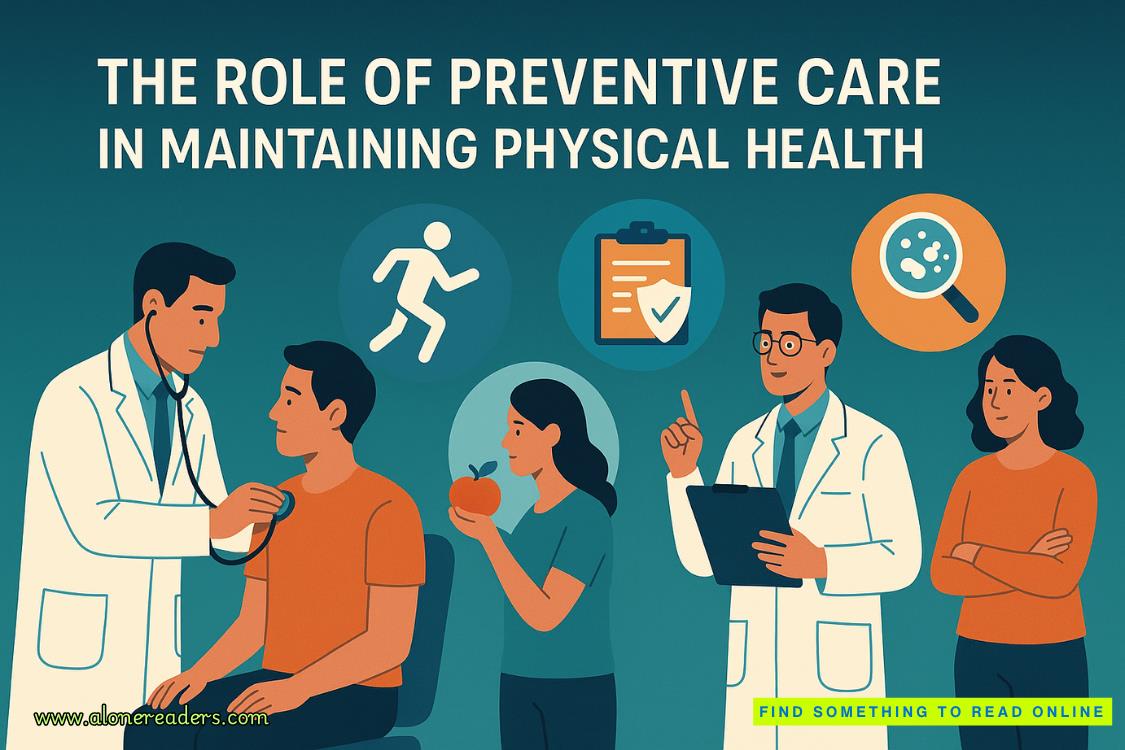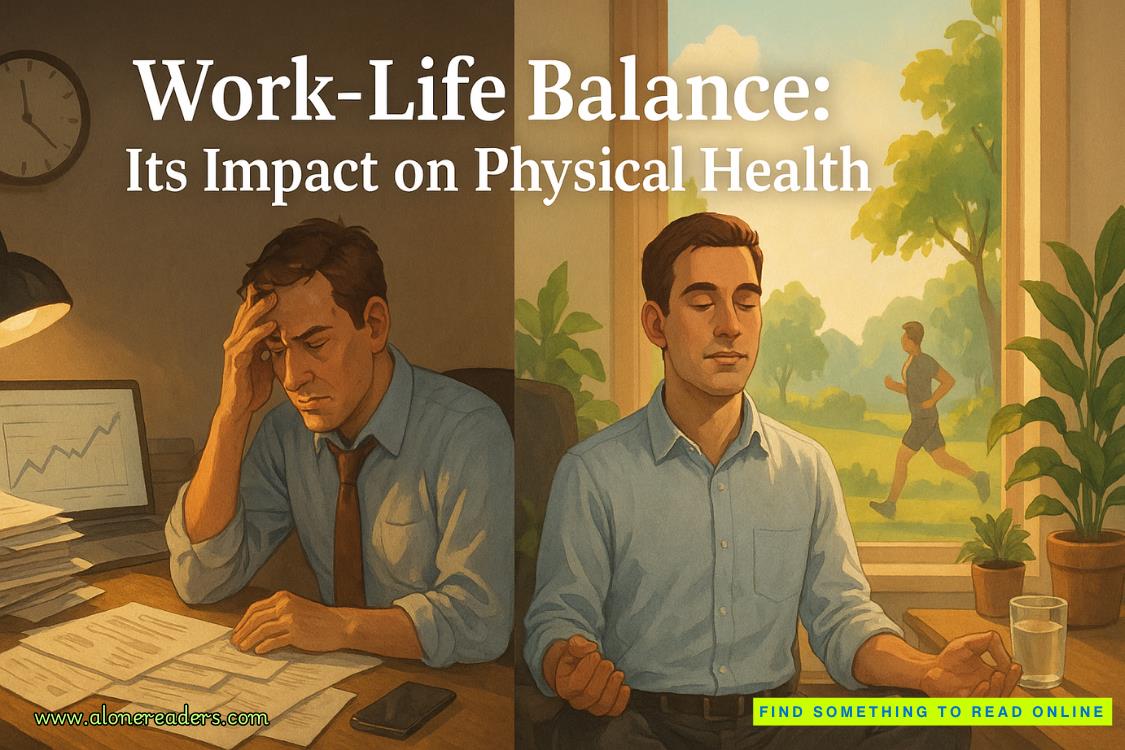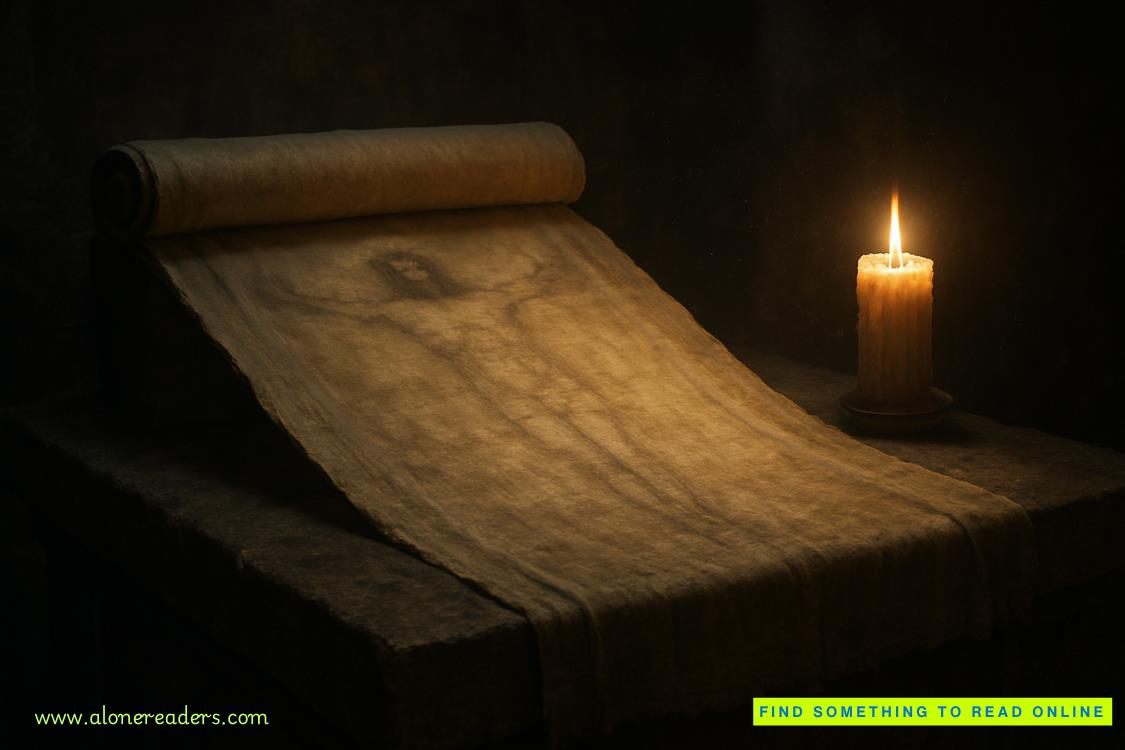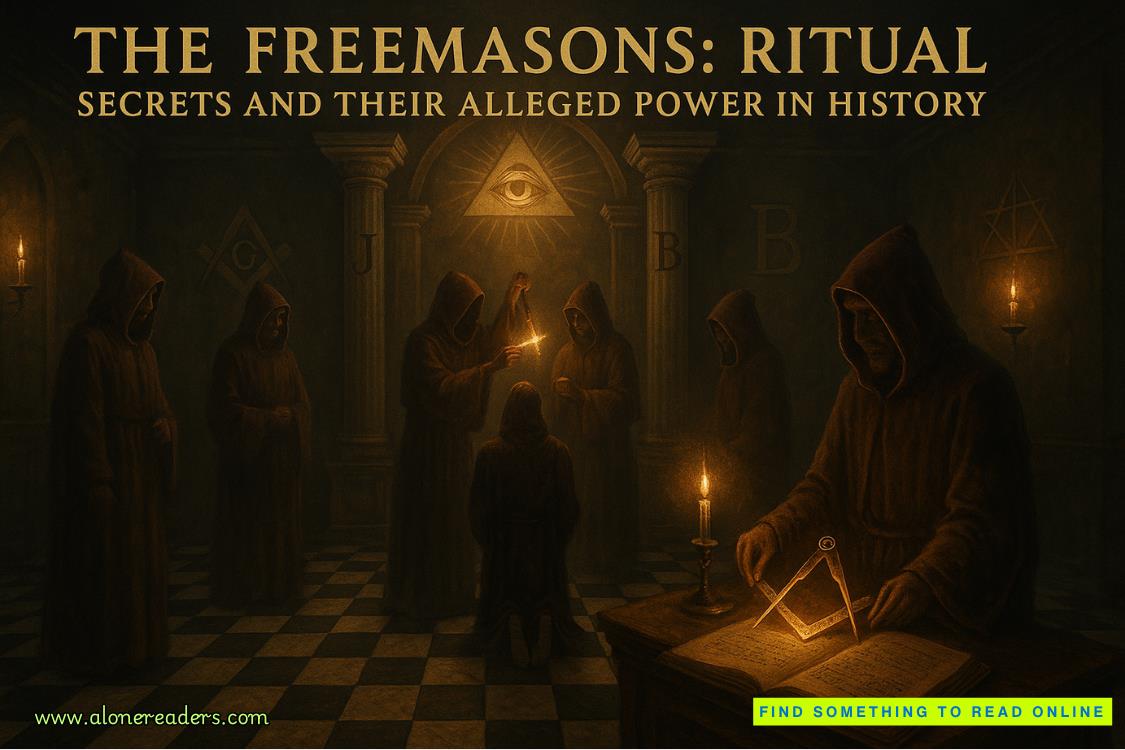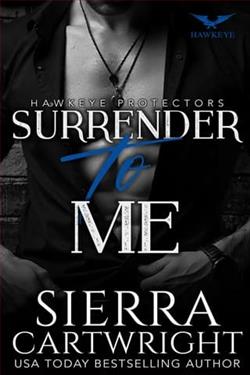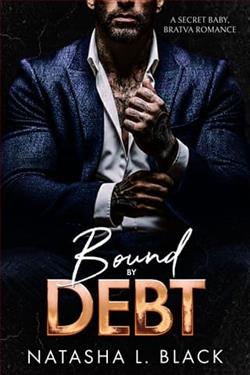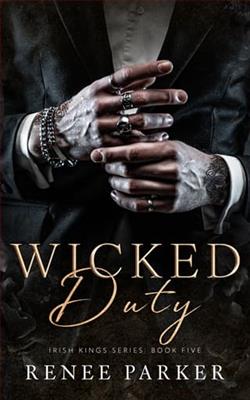Page 5 of Dangerous Passion
Reflexively, Drake lifted a hand to his face, remembering.
He’d been a street rat on the streets of Odessa, sleeping in a doorway in the dead of winter. Some warmth seeped through the cracks in the door, allowing him to sleep without fear of freezing to death in the sub zero temperatures.
Emaciated, dressed in rags, he was perfect prey for the sailors just ashore from months working brutal shifts at sea, reeling drunk through the streets. Sailors who hadn’t had sex in months and didn’t much care who they fucked—boy or girl—as long as whoever it was held still long enough. Most of the sailors didn’t even care whether who they fucked stayed still because they were tied down or dead.
Drake came awake in a rush as the fetid breath of two Russian sailors washed over his face. One of the sailors held a knife to Drake’s throat while the other dropped his pants, already hauling out a long, thin, beet-red cock.
Drake was a born street fighter and fought best when he was close to the ground. He was born with the ability and had honed it by observation and practice. He scissored his legs, bringing the man with the knife toppling to the ground, then hurled himself at the knees of the second man, hobbled by his pants. The man fell heavily to the ground, his head hitting the broken pavement with a sickening crack.
Drake turned to the first man, who’d scrambled to his feet and was holding the knife in front of him like an expert, edge down. The chances of surviving a knife fight barehanded were ludicrously low. Drake knew he had to even the odds fast, do something unexpected.
He flung himself forward, into the knife. The blade sliced the side of his face open, but the surprise move loosened the sailor’s grip. Drake wrenched the knife out of his hand and jabbed it into the man’s eye, to the hilt.
The sailor dropped like a stone.
Drake stood over him, panting, his blood dripping over the man’s face, then pulled the knife out of his attacker’s skull and wiped it down on the man’s tattered jacket.
He took both men’s knives. One was anozh razvedchika, a scout’s knife. The other was a Finnish Pukka, rare in those parts and very valuable. He bartered both along the Odessa waterfront for two guns, including clips and shooting lessons, sold cheaply because they were stolen—a Skorpion and an AK-47.
He was on his way.
As soon as he could afford it, he had plastic surgery on the long, jagged white scar on the left side of his face. He was known for being able to blend into almost any environment, for turning himself invisible, but a very visible scar was like a flag, something no one forgot. It had to go.
The surgeon was good, one of the best. There was nothing visible left of his scar. Besides himself, only the surgeon could remember the shape of the long-gone scar. But there it was, in a painting in a gallery in Manhattan, half a world away and two decades later. However crazy it sounded, the scar in the painting was the same scar the surgeon had eliminated, all those years ago.
Traffic suddenly cleared and the Mercedes rolled smoothly forward. Drake punched the button in the center console that allowed him to communicate with the driver.
“Sir?” Mischa sounded startled over the intercom. Drake rarely spoke while they were traveling.
“Turn right at the next intersection and let me off after two blocks.”
“Sir?” This time the driver’s voice sounded confused. Drake never left the car en route. He got into one of his many vehicles in his building’s garage and gotout at his destination. The driver caught himself. Drake never had to repeat himself with his men. “Yessir,” the driver replied.
Once out of the limousine, Drake continued walking in the direction of the car until it disappeared into the traffic, then ducked into a nearby department store. Ten minutes later, satisfied that he wasn’t being followed, he doubled back to the art gallery, having ditched his $800 Boss jacket, Brioni pants, Armani cashmere sweater and scarf and having bought a cheap parka, long-sleeved cotton tee, jeans, watch, cap and sunglasses. He was as certain as he could be that no one was tailing him and that he was unrecognizable.
The art gallery was warm after the chill of the street. Drake stopped just inside the door, taking in the scent of tea brewing and that mixture of expensive perfumes and men’s cologne typical of Manhattan haunts, mixed with the more down-to-earth smells of resin and solvents.
At the sound of the bell over the door, a man came out from a back room, smiling, holding a porcelain mug. Steam rose in white fingers from the mug.
“Hello and welcome.” The man transferred the mug from his right hand to his left and offered his hand. “My name is Harold Feinstein. Welcome to the Feinstein Gallery.”
The smile seemed genuine, not a salesman’s smile. Drake had seen too many of those from people who knew who he was and knew what resources he could command. Everything that could possibly be sold—including humans—had been offered to him, with a smile.
But the man holding his hand out couldn’t know who he was, and wasn’t presuming he was rich. Not dressed the way he was.
Drake took the proffered hand gingerly, not remembering the last time he’d clasped another man’s hand. He touchedother people rarely, not even during sex. He usually used his hands to keep his torso up and away from the woman.
Harold Feinstein’s hand was soft, well-manicured, but the grip was surprisingly strong.
“Have a look around,” he urged. “No need to buy. Art enriches us all, whether we own it or not.”
Without seeming to study him, Feinstein had taken in the cheap clothes and pegged him as a window shopper, but wasn’t bothered by it. Unusual in a man of commerce.
Drake’s eyes traversed the wall and Harold Feinstein turned amiably.
“Take my latest discovery,” he said, waving his free hand. “Grace Larsen. Remarkable eye for detail, amazing technical expertise, perfect brush strokes. Command of chiaroscuro in the etchings. Quite remarkable.”
The artist was awoman? Drake focused on the paintings. Man, woman, whoever the artist was, the work was extraordinary. And now that he was here, he could see that a side wall, invisible from the street, was covered with etchings and watercolors.
